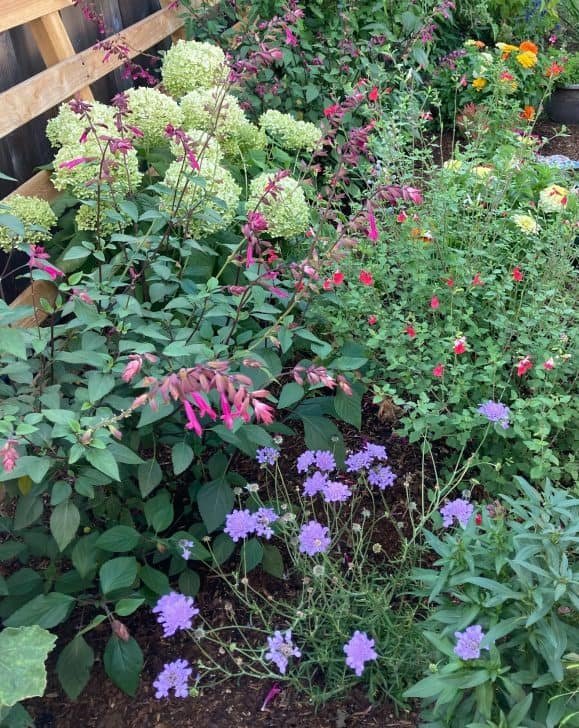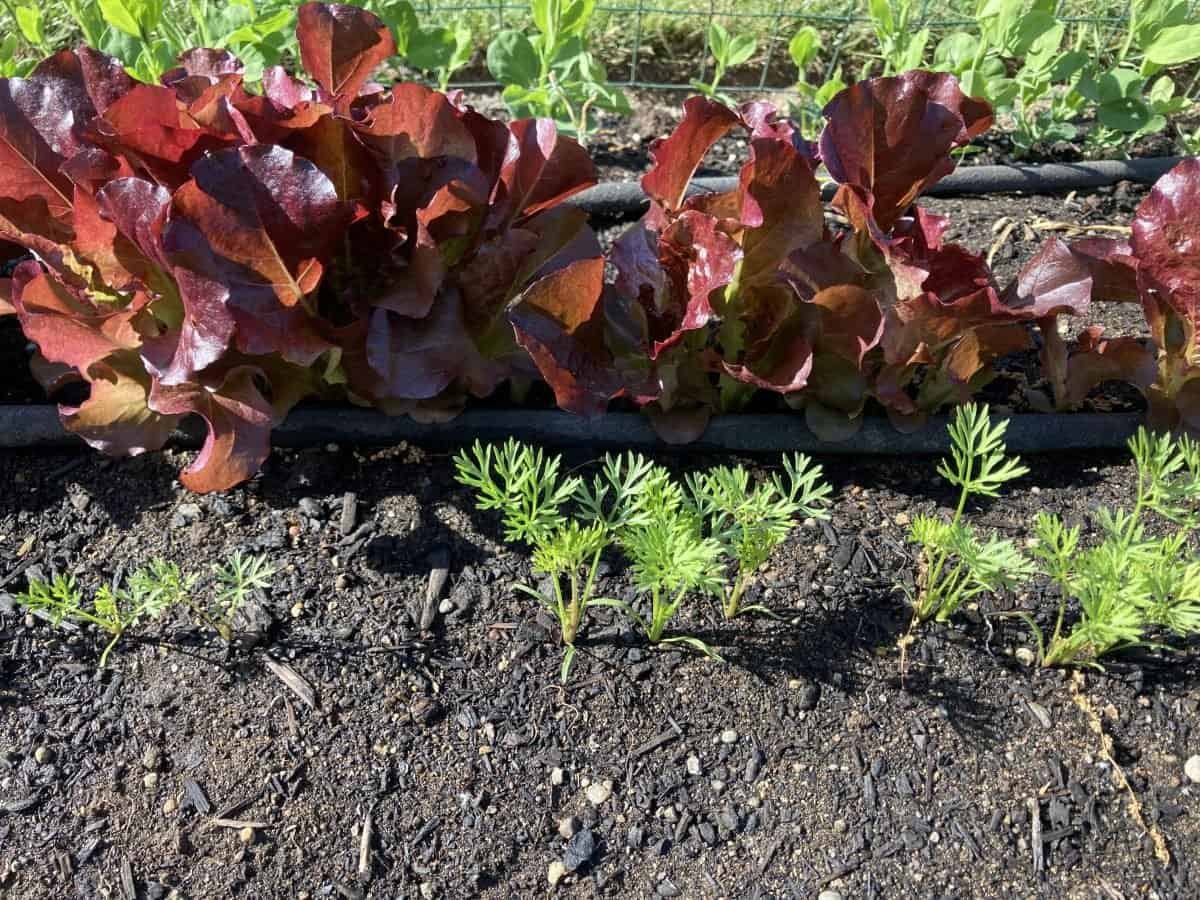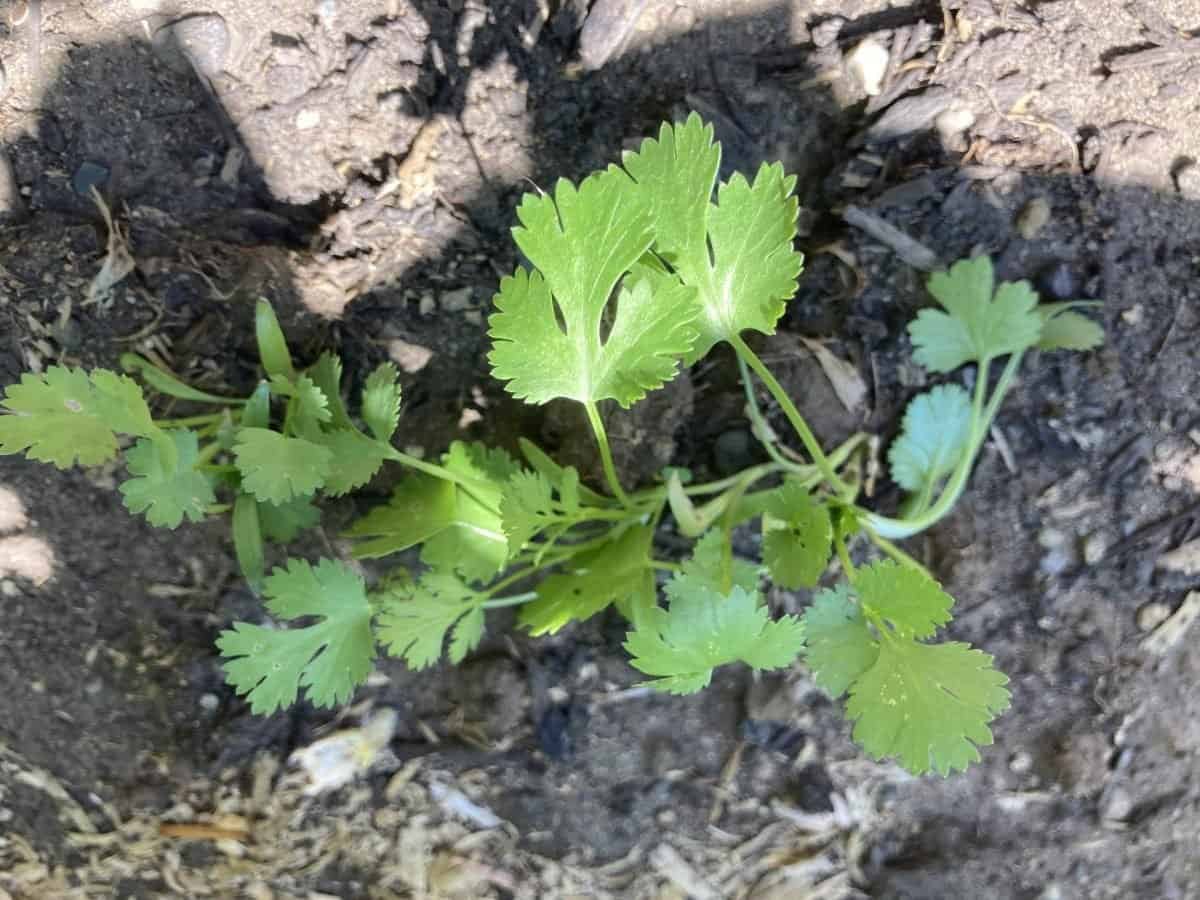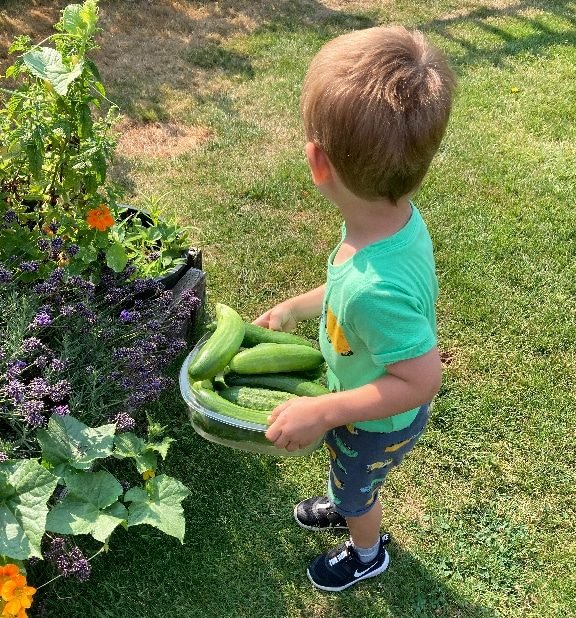Growing a garden is very satisfying and there are many ways to reduce the cost of growing a garden without impacting the quality of your garden.
Here are some money-saving tips to help you save money.
How to Save Money in the Garden
Saving Seeds
If you save your seeds from the plants you grow the next year instead of buying seeds or plants you can use your own seeds. Not only is this a great money saver since packets of seeds can cost several dollars each, but if you normally purchase plants that cost $3.00-$5.00 each it can save you substantially.

View my flower seed saving for additional ideas.
Propagating Plants from existing plants
There are many herbs and flowers that you can propagate from your existing plants, creating several plants from one reducing the cost of buying more plants which can cost $5.00-$20.00.
Basil and Mint are two easy herbs to propagate so that once you have one plant you will never see a need to buy another unless it is a different variety.
Flower plants can also be very easy to propagate saving you a huge amount of money. Hydrangeas and hot lips (in the Salvia family) are two very easy flowers to propagate.
Watering with drip or soaker hose
Here is a great way to conserve the water you use to water your plants by using a drip or soaker hose which delivers the water directly to your plant’s roots. Not only is this more efficient in reducing water evaporation but it is also much better for your plants to reduce diseases.
Participate in Plant exchanges
When you propagate plants and grow plants from your own seeds you can exchange the excess plants you have for plants that you do not have, eliminating the cost of buying new plants.
Using Mulch
By placing mulch around your plants you can reduce the amount of water you are using since this is the best way to reduce water evaporation.
Shop at Garden Center Discount areas


Most garden centers will have discount areas where you can save 50-90%. These are plants that the stores may have purchased too many of or that got stressed from lack of water and excessive heat that may need to be nursed back to health.
Over the last two years, we have been able to plant in pots and around our patio with plants at 75% off to free with the ones we have propagated to give us an entertainment area that not only looks great but has wonderful fragrances to enjoy.
This is especially true for perennials that may not be the best for this year but next year with a little care can be beautiful plants.
Overwintering Pepper Plants
Did you know that peppers are perennials? With a little care, you can save your pepper plants for several years giving you a head start to the season with a plant that has an existing root system to grow a plant that will produce peppers earlier in the season and more of them.
I will share more details on the step-by-step process to saving pepper plants over the winter.
Step 1
Find a pot to use for replanting your pepper plants, preferably a 1-3 gallon pot.
Step 2
Trim the Pepper back so to where the main stem branches into a Y, if it does not have a Y you can trim it back to about 6 inches tall.
Step 3
Remove all the fruit and leaves if you have not done so already. Trimming your pepper back and removing all the leaves is very difficult to do but you will be rewarded in the Spring with a beautiful plant if you do.
Step 4
Dig a circle around the plant about 4-6 inches from the base of the plant so that you can remove the plant from the ground.
Step 5
Before placing the plant in the pot, place indoor potting soil that has been soaked in water in the bottom of the pot. Be sure to use an indoor potting mix to prevent any bugs from coming indoors with the pepper. Presoak the potting mix to allow it to absorb water later.
Step 6
Place the pepper in the pot on top of the potting soil and place additional presoaked potting soil around the the plant to the original height that it was when it was in the ground.
Step 7
Fertilize with a liquid fertilizer ( I prefer Neptune Tomato and Vegetable, last two numbers higher than the first) You do not want to promote growth.
Step 8
Place the pot in an area that is safe from frost and has sun exposure of 4-6 hours. If you live in a climate that does not have frost you can leave it outdoors.
Step 9
Peppers do not like to have their roots wet all the time so water as needed to keep the plant from drying out.
Step 10
Once you are beyond your last frost date you can start to introduce the peppers outside, to harden them off before planting.
By overwintering your peppers you will have a great headstart to kickstart your peppers growing and producing fruit for you to eat and enjoy.
Mulch, Mulch, Mulch
When you mulch you not only will save money on your water bills by reducing the need to water as much, but you will also will have much healthier plants that produce more flowers and have a larger yield of vegetables and fruit.
These tips on How to Save Money in the Garden are just a few ideas, if you have others please share them with me by emailing to my Gmail address.
I hope you have enjoyed these money-saving tips and you will try one or more of them yourself.




